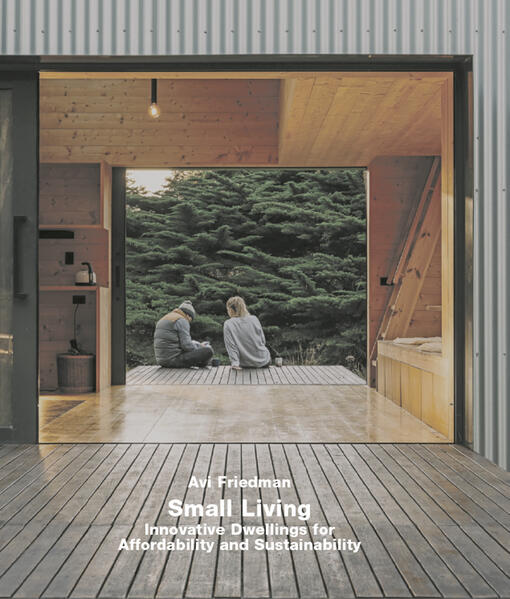Small Living. Innovative Dwellings for Affordability and Sustainability
Edition Axel Menges
69,00 €
Produktnummer:
9783869050430
Verlag:
Edition Axel Menges
Autor: Friedman, Avi
ISBN: 978-3-86905-043-0
Veröffentlichung: 01.02.2025
Autor: Friedman, Avi
ISBN: 978-3-86905-043-0
Veröffentlichung: 01.02.2025
Produktinformationen "Small Living. Innovative Dwellings for Affordability and Sustainability"
In recent decades demographic shifts have significantly influenced young peoples’ residential preference. Due to the rise of single-person households, smaller family sizes, and the desire for lower maintenance and utility costs, many young individuals are choosing to live in smaller, efficient spaces in proximity to work and urban amenities. These changes have led to an increase demand for multi- functional, space-efficient designs. As people’s daily routines and expectations evolve, the design of living spaces must adapt accordingly. The need for multifunctional rooms has become apparent; a living room that seamlessly transitions into a home office represents just one of the many adaptations that modern dwellers require. Architects, interior designers, and homebuilders are responding with innovative solutions like convertible furniture, built-in storage, and open-plan layouts that facilitate a compact but comfortable living environment. An often-discussed notion in design and construction is sustainability. Its origin and widespread use of the term sustainable development can be attributed to events and circumstances that occurred several decades ago. The 1992 United Nations Conference on the Human Environment in Stockholm addressed concerns regarding humanity’s potential overuse of the earth’s »carrying capacity«. As people’s awareness of protecting our living environment increases, the choice of smaller homes is becoming a more common and environmentally responsible decision. This shift is driven by the need to reduce resource consumption, as smaller homes require fewer materials for construction, maintenance, and repairs. Moreover, smaller homes are inherently more energy-efficient due to their reduced space, which requires less energy for heating and cooling. Additionally, the smaller footprint means using less land per dwelling unit.
| Hauptlesemotive: | Verstehen |
|---|---|
| Nebenlesemotive: | Entdecken |
| Produktart: | Buch gebunden |
| Produktform: | Hardcover |
Anmelden
Keine Bewertungen gefunden. Teilen Sie Ihre Erfahrungen mit anderen.

